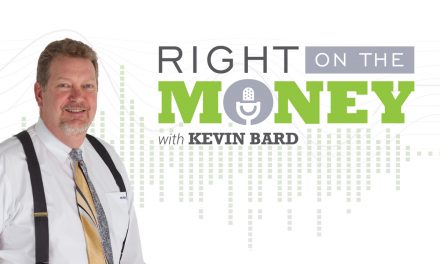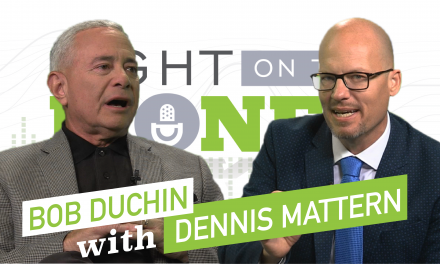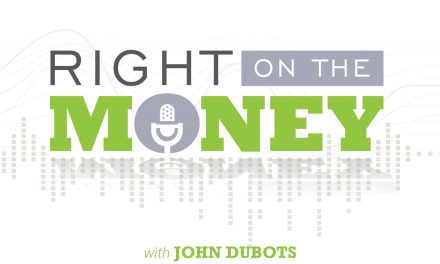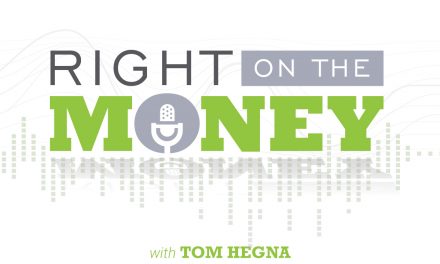Know the Qualifications for Aid & Attendance Pension Benefits
There are four criteria for qualifying for the Aid & Attendance benefit:
Qualifying military service, medical necessity, care costs compared to monthly income and liquid assets. In order to be considered, the applicant must be 65 or older/or unemployable. Watch the interview with elder law attorney, veterans’ benefit specialist and former president of U.S. Senior Vets, Richard Schulze, MBA.
Criteria One: Military Service
This benefit is only available to veterans or their surviving spouses who meet the following military service history: An Honorable or General Discharge from a branch of the U.S. Armed Forces (including Coast Guard, Merchant Marines, WACS, WAVES, WAFS). At least 90 days of active duty military service. At least 1 day of the 90 must have been during one of the following periods:
Service in the Merchant Marine during World War II counts the same as Naval service, providing there were 90 days at sea. Women in World War II, including nurses, qualify as veterans. Reserves and National Guard are not qualified unless they served 90 days active federal duty with 1 day during a period of conflict. Training does not count as active duty.
*For those veterans who served “in country” in Vietnam, the beginning date for qualifying service is 2/28/1961.
Criteria Two: Medical Necessity
Medical necessity means the applicant has a condition from a medical diagnosis that is creating significant deficits in their ability to perform the Activities of Daily Living (ADLs) which include: bathing, dressing, eating, toileting and getting in and out of bed or chair. The ADL deficit makes living alone or unassisted hazardous to their health, safety or well-being.
A common question is “What diagnoses are acceptable to the VA?” There really is no right answer to this question. Any medical diagnosis that renders the applicant incapable of self-care with at least two ADL deficiencies is generally acceptable. Common diagnoses that are encountered include: dementia, Parkinson’s, COPD, diabetes, vertigo and hemiplegia. The applicant’s personal physician on a VA Physicians report makes the determination of medical necessity.
Three: Care Cost Compared to Monthly Income
Monthly income is defined as money available to the applicant on a monthly basis. If the applicant is married, both incomes must be disclosed. Many people believe their income is too great to qualify when often that is not the case. Examples include: Social Security, retirement pensions, annuity payments, military retirement pay, disability payments from the VA, interest and/or dividends from
IRA distributions.
Cost of care is the cost of qualified monthly medical expenses. The VA does not allow many medical expenses for this determination. Only the following costs may be included: bill from an assisted living community, bill from board and care home, home care agency or private caregiver, insurance premiums for health, vision and dental care, insurance premium for long-term care policy and deductions for Medicare Part B & D.
Those are all of the costs currently allowed. Note that medications, co-pays, deductibles and durable medical equipment are not included among the list of qualified expenses to reduce costs if you have supportive rewards. In the case where only the veteran requires assistance, the VA does not allow for a cost-of-living allowance for the stay-at-home spouse, but does take both incomes into consideration and will count the spouse’s medical expenses and any benefit will be paid at the same rate.
If the veteran is healthy, but the spouse requires care, then they could qualify under a Basic Pension where the maximum award is $1,360 per month per 2013. Same rules apply as the Non-Service Connected Disability Pension with Aid & Attendance with the difference that the medical eligibility it would be based on the spouse and not the veteran. Once the monthly Income and Cost of Care are determined, the Cost of Care should exceed the Monthly Income by an absolute minimum of 5 percent to receive the maximum benefit.
Criteria Four: Liquid Assets
Liquid assets are defined as financial instruments that can easily be converted to cash.
Examples of liquid assets may include: checking accounts, saving accounts/money markets, IRAs/401ks/Keoghs, CDs, trust funds (with access to principal), mutual funds, stocks and bonds.
Richard Schulze contributed content to this press release.
Syndicated financial columnist Steve Savant interviews eldercare attorney, veteran benefit specialist Richard Schulze, MBA. Right on the Money Show is an hour long financial talk distributed to 280 media outlets, social media networks and financial industry portals.





